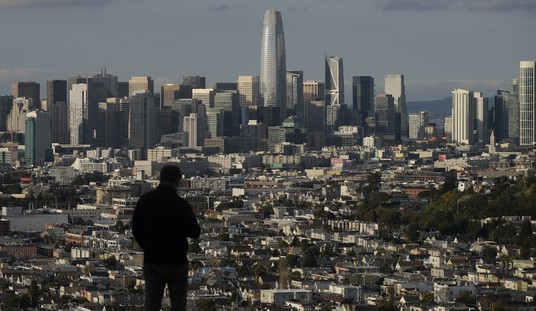I’ve covered the cycling beat before, and I figure that now with all of this doping fallout happening I should probably stick with it — but I stand by what I said before. It’s not that I have any personal, emotional investment in Lance Armstrong’s innocence (indeed, I’ve always been rather inclined to think that he isn’t innocent), but rather, I’m still wondering what it is that the USADA hoped to accomplish by pursuing their extended witch hunt against him.
In August, in the face of the U.S. Anti-Doping Agency continuing to search for evidence against him and threatening to strip him of his seven Tour de France titles (which, nobody is really sure that they’re actually entitled to do), Lance Armstrong decided he would no longer spend his retirement fighting their long-running crusade against his cycling career. Plenty of people took this as a complicit admission of guilt, and the USADA promised that they would shortly produce their full case against his character — and now that the details are finally bleeding out, Armstrong’s other corporate partners are slowly edging away from him, and he’s stepping down from leadership of his cancer-fighting organization. From the Associated Press:
Lance Armstrong stepped down as chairman of his Livestrong cancer-fighting charity while Nike and Anheuser-Busch each said they were cutting ties with him as fallout from the doping scandal that has swirled around the famed cyclist escalated Wednesday. …
The U.S. Anti-Doping Agency released a massive report last week detailing allegations of widespread doping by Armstrong and his teams when he won the Tour de France seven consecutive times from 1999 to 2005.
The document’s purpose was to show why USADA has banned him from cycling for life and ordered 14 years of his career results erased — including those Tour titles. It contains sworn statements from 26 witnesses, including 11 former teammates.
It’s one of cycling’s dirtiest not-really-a-secret secrets, but there is a lot of sketchy doping activity that goes on in the upper echelons of the cycling community, and it can be next to impossible to compete in the top competitions without doing so. A lot of individuals, coaches, managers, teams, and etcetera are constantly staying just one step ahead of the doping controls, and at that level in the sport, there can be a lot of pressure to put up or shut up.
There is a heck of a lot that’s messed up about it all, but I’m not sure that it was productive to turn Lance Armstrong into a symbolic mascot of all of cycling’s wrongdoing and then singlemindedly persisting in destroying him. Maybe their overall goal was to make an example out of one of the sport’s greatest champions for maximum-impact exposure of cycling’s seedy underbelly, but I don’t know that basically offering amnesty deals to other participants in exchange for testimony is any less seedy, nor that ruining the person who’s brought more American coverage and interest to the sport than any other and breaking half of your own adjudication rules was the right way to go about it.
It sounds like at least some riders are somewhat encouraged by the developments, but whether this will actually be a catalyst for industry reform, as well as whether or not cycling’s image benefits from this whole affair, is a very mixed bag.








Join the conversation as a VIP Member